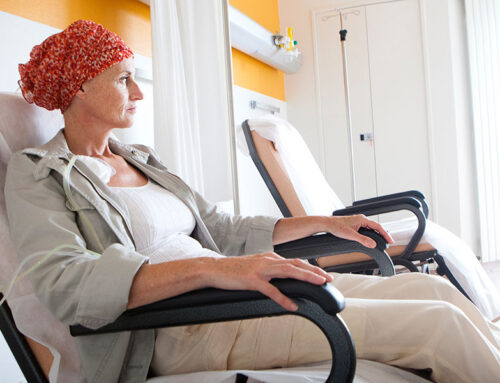The gluteal muscles, located in the buttocks, comprise three primary muscles: the gluteus maximus, gluteus medius, and gluteus minimus. These muscles play a crucial role in stabilising the pelvis, supporting the spine, and assisting with leg movements, such as walking, running, and climbing. Pain and strains in these muscles can lead to discomfort, reduced mobility, and other complications if not addressed appropriately.
Causes of Gluteal Muscle Pain and Strains
Overuse: Engaging in excessive physical activity or sudden intense exercises, especially without proper warm-up or training, can strain the gluteal muscles.
Trauma: Direct injuries, such as falls or blows to the buttock area, can lead to pain and strains.
Poor posture: Prolonged sitting or standing in incorrect postures can lead to muscle imbalances, placing strain on the gluteal muscles.
Muscle imbalances: Weakness in one muscle group can cause other muscles to overcompensate, leading to strain.
Referred pain: Sometimes, pain in the gluteal region can originate from issues in other areas, like the lower back or hips.
Underlying medical conditions: Conditions such as sciatica, hip bursitis, or lumbar disc herniation can cause pain in the gluteal region.
Myotherapy and its Role in Managing Gluteal Muscle Pain
Myotherapy focuses on treating and preventing soft tissue pain and restricted joint movement. It involves a comprehensive assessment, treatment, and rehabilitation of musculoskeletal pain.
Muscle palpation: Myotherapists use hands-on techniques to identify and target specific areas of muscle tightness or dysfunction.
Trigger point therapy: This technique targets “knots” or tight spots in muscles that might be causing referred pain or local discomfort.
Myofascial release: This technique aims to relax contracted muscles, increase circulation, and stimulate the stretch reflex of muscles and overlying fascia.
Deep tissue massage: Helps in breaking down adhesions, increasing blood flow, and reducing muscle tightness.
Dry needling: Similar to acupuncture, this technique involves inserting fine needles into specific points in the muscles to alleviate pain and improve function.
Exercise prescription: Myotherapists provide tailored exercises to strengthen weak muscles, improve flexibility, and correct any muscle imbalances.
Posture and movement education: Educating patients about proper postural habits and movement patterns can prevent future strains and discomfort.
In conclusion, gluteal muscle pain and strains can result from various causes, but with appropriate intervention, such as myotherapy, individuals can find relief and restore optimal muscle function. Always consult a healthcare professional before starting any new therapy or treatment regimen.






